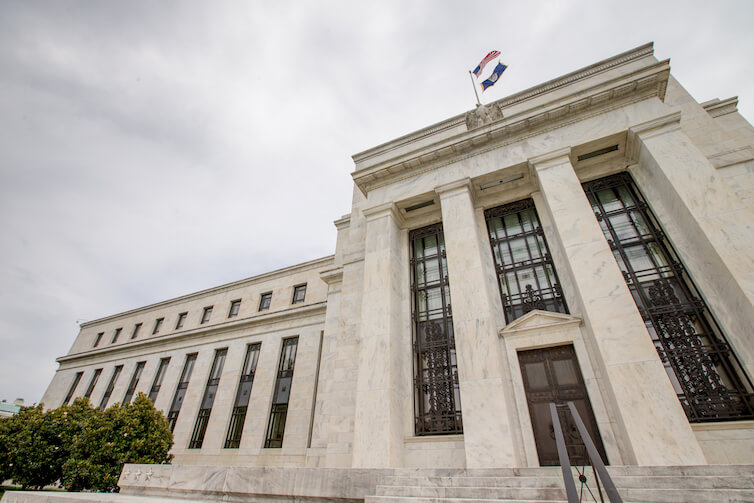- Rick Levin: Toward Sustainable Financing of Higher Education: “In the face of rising costs of attendance and an escalating burden of student debt… http://www.cshe.berkeley.edu/events/toward-sustainable-financing-higher-education-0
- Paul Krugman: Calling Literatures From The Vasty Deep: “Noah [Smith’s]… Two Paper Rule…
- Branko Milanovic: Reducing inequality by deconcentrating capital: “The capital–income ratio continues to rise… http://voxeu.org/article/reducing-inequality-deconcentrating-capital
- David Anderson: Revisiting Cassidy-Collins: “Engagement either leads to burning Senate time if there is no productive grounds for a deal… https://www.balloon-juice.com/2017/05/16/revisiting-cassidy-collins/
Interesting Reads:
- Ricardo Fernholz, Kris Mitchener, and Marc Weidenmier: The end of silver as a unit of account
- Matt O’Brien: How Japan proved printing money can be a great idea: “Falling prices would mean falling wages, but not falling debts, so they would become harder to pay back… http://www.nzherald.co.nz/business/news/article.cfm?c_id=3&objectid=11857507
- Judy Stephenson: ‘Real’ wages? Contractors, workers, and pay in London building trades, 1650–1800 – Economic History Society: “Institutional records of wages were profoundly affected by structural changes in the seventeenth century, particularly the emergence of large‐scale building contractors. The actual wages paid to London building workers were substantially below current estimates…” http://www.ehs.org.uk/app/journal/article/10.1111/ehr.12491/abstract
- Ted Genoways: “The Only Good Muslim Is a Dead Muslim”: “A meatpacking town in Kansas opened its doors to Somali refugees. Then a group of Trump supporters plotted to kill them after Election Day…” https://newrepublic.com/article/142346/kansas-meatpacking-somali-muslim-refugee-murder-plot-trump-supporters
- Sandra Sequeira et al.: The immigrants who made America: “US… immigration between 1860 and 1920 is found to result in significantly better social and economic outcomes today… long-run benefits of immigration can be large, can persist across time, and need not come at a high social cost…” http://voxeu.org/article/immigrants-who-made-america
- Mary Ellen Mcintyre: Hatch Says He’s Open to Keeping Obamacare’s Individual Mandate https://morningconsult.com/2017/05/17/hatch-says-hes-open-keeping-obamacares-individual-mandate/
- Alexis Madrigal: The Weird Thing About Today’s Internet: “O’Reilly’s… description of… Web 2.0… describ[es] a slightly parallel universe…. Nowadays, (hyper)linking is an afterthought because most of the action occurs within platforms…. The idea of “harnessing collective intelligence” simply [felt] much more interesting and productive than it does now…. The portrait of humanity… through… Facebook or Twitter does not… inspire confidence in our social co-productions….” https://www.theatlantic.com/technology/archive/2017/05/a-very-brief-history-of-the-last-10-years-in-technology/526767/
- Live from the Utopian Republic of Letters: An absolutely brilliant choice!: “AP: Ian Buruma Chosen as New Editor of New York Review of Books: An acclaimed essayist and historian has been chosen to succeed the late Robert Silvers as editor of The New York Review of Books https://www.usnews.com/news/entertainment/articles/2017-05-18/ian-buruma-chosen-as-new-editor-of-new-york-review-of-books…” http://www.bradford-delong.com/2017/05/live-from-the-utopian-republic-of-letters-an-absolutely-brilliant-choice-ap-_ian-buruma-chosen-as-new-editor-of-n.html


